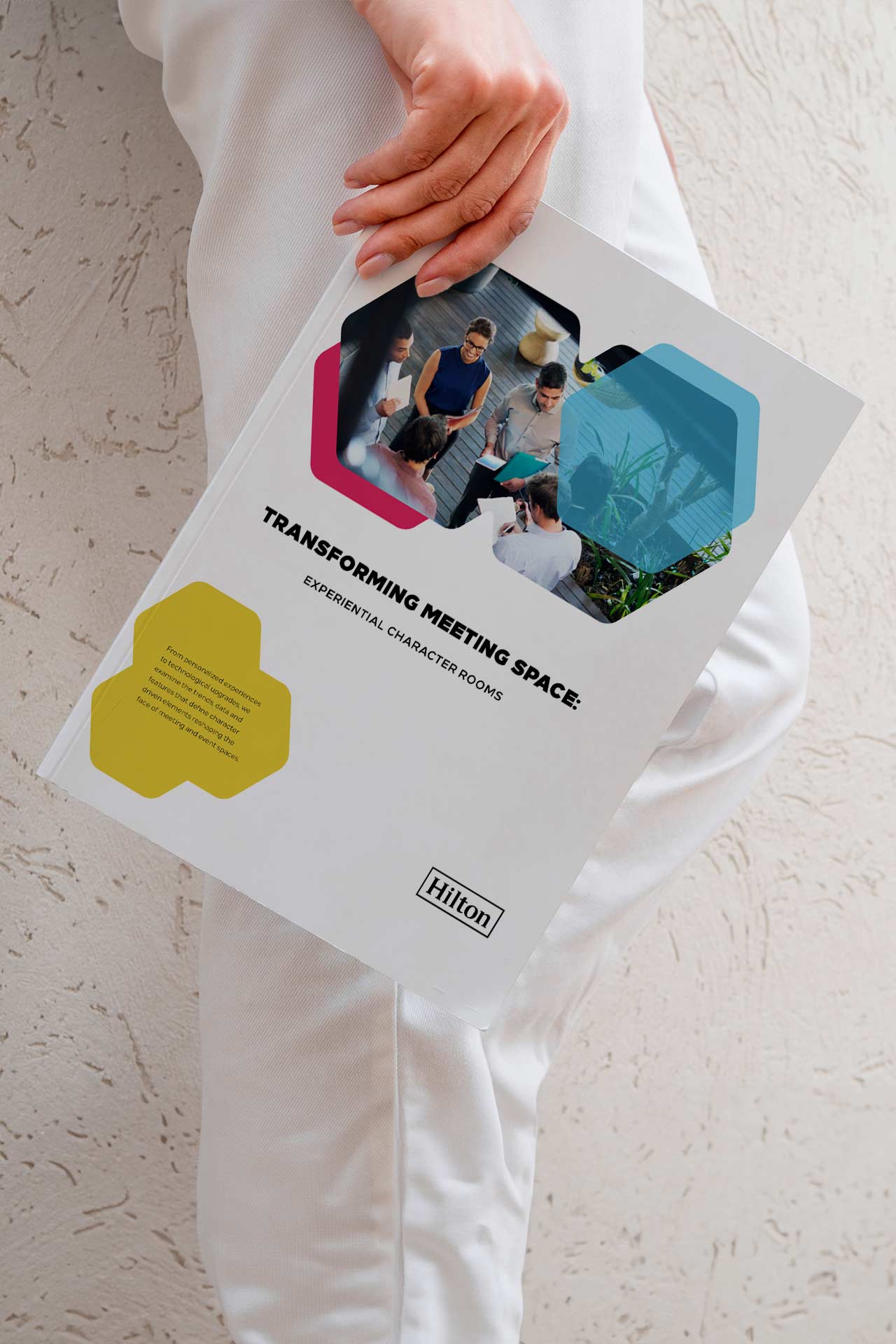Creating the pathways to deliver the optimal brand experience through design requires the careful and meaningful integration of strategy and creativity to produce the ideal outcome for both company and consumer. There’s little question as to what a brand needs to serve it’s user – information, trust, intelligence, and speed – just to name a few, but it’s a level of transparency, delivering authenticity that is essential to creating meaningful engagement.
An open view into an organization breeds a level of extreme trust not found easily. Whether explaining a manufacturing process in detail, providing clear deliverables on a service or offering true costs of goods sold – these are the aspects that can even go as far as to build a mission and become what a company is known for.
One of the biggest questions for organizations operating, particularly in the digital sphere, is how to not only give the perception of transparency but actually be transparent.
One of the biggest questions for organizations operating, particularly in the digital sphere, is how to not only give the perception of transparency but actually be transparent. The solution lies within the communication strategy of a brand toward its audience – both internal, external and prospective.
There’s little doubt that design is the main driver for transparency, but the unseen elements play integral roles in creating this experience. Content strategy and contextual design are perhaps the most essential factors in creating trust and transparency that feels authentic. Consider today’s online consumer: they want to know everything about a product – from core details on how the item works all the way to unbiased reviews – everything from marketing copy to social proof is a conversion driver.
Transparency can get lost behind the more visible and quantifiable trust aspect, but its no less critical. In fact, it can be almost impossible to gain the trust of employees or clients without transparency. In a climate where businesses have nowhere to hide from negative reviews as a result of poor service, transparency is a required component of doing good business. Through a strategic process, a brand can uncover transparency by assessing their vision, mission and overall content and building reflecting visual assets around the updated messaging.









